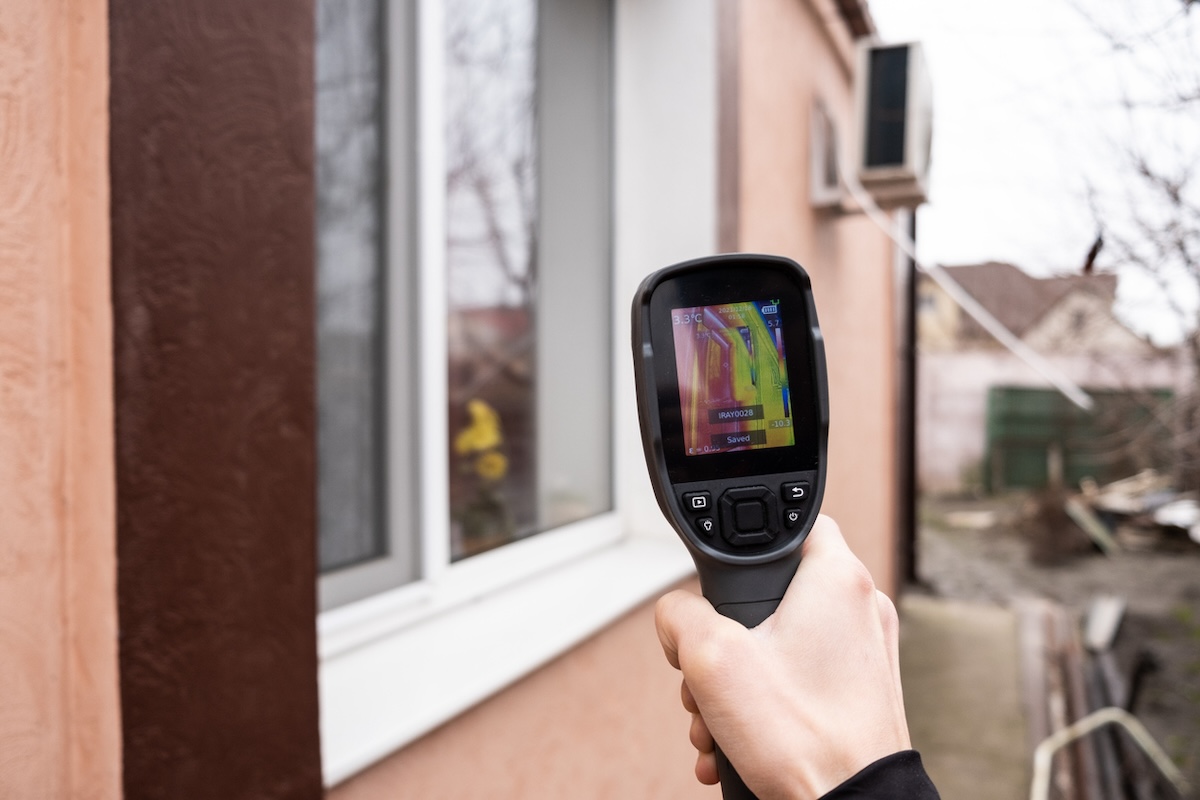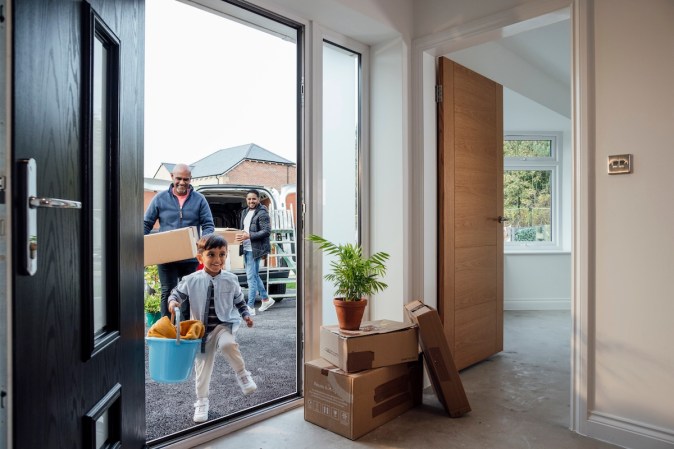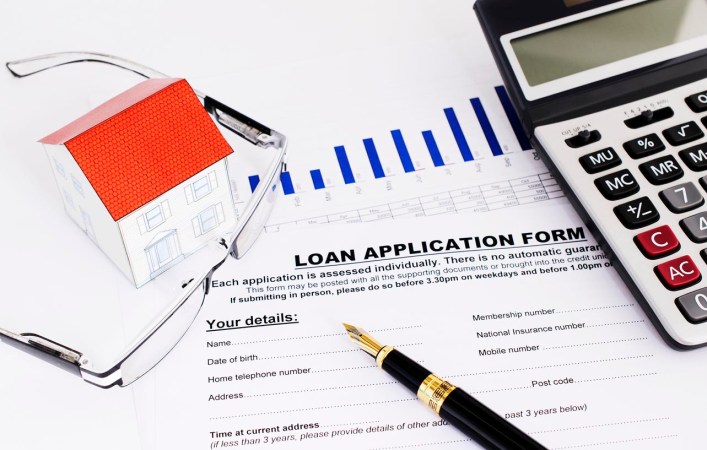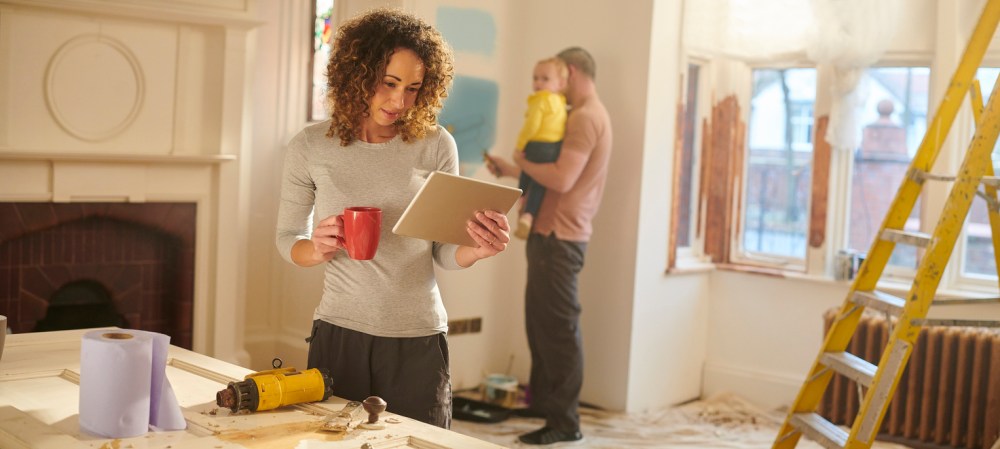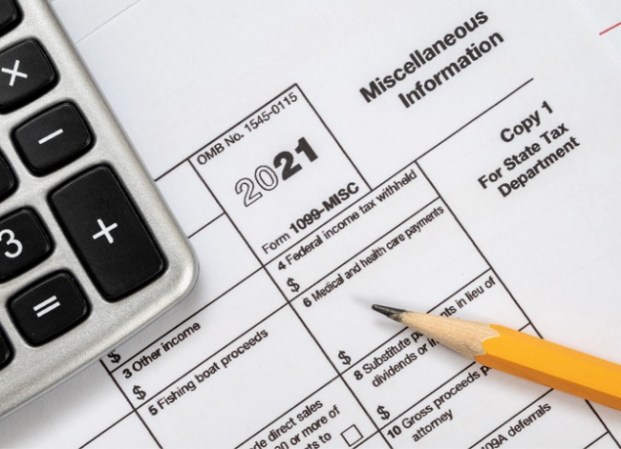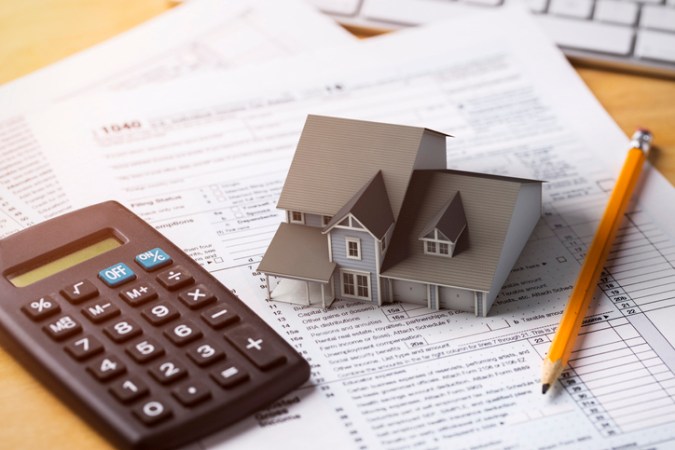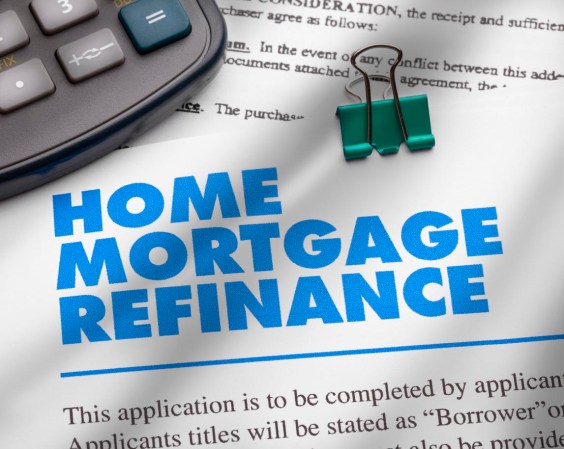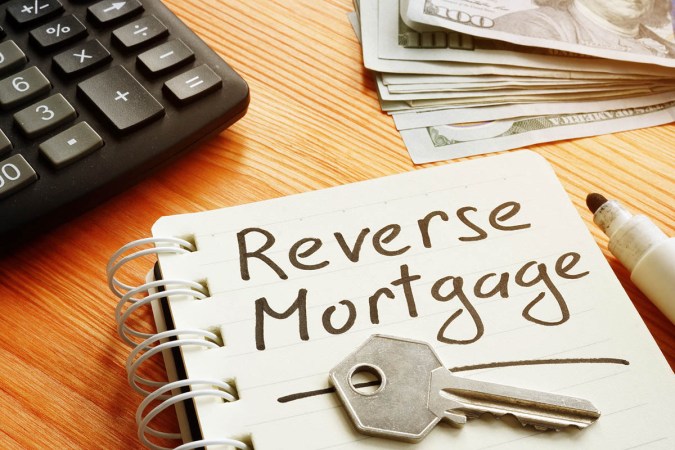We may earn revenue from the products available on this page and participate in affiliate programs. Learn More ›
One of the best ways to spend a tax refund is to put it toward projects that will earn you tax credits, ensuring you get another sizable refund next year. Tax credits for these home improvement projects are no small potatoes. You stand to walk away with thousands—not to mention, save money in the long run—by upgrading your HVAC system, installing new insulation, or adding a renewable energy source such as solar or geothermal to your home.
But not any old home improvement qualifies. Since you’ll need to choose energy-efficient appliances to earn these credits, understanding what is and isn’t eligible is key to getting the most tax savings on your investment. We consulted with Johan Garcia, certified public accountant and founder of After Tax Cash, a website that offers advice on tax credit programs for home improvements, to help you navigate the process.
Before Starting a Project

Before breaking ground on that home improvement project, Garcia says it’s important to verify if the investment you’re about to make is eligible for tax credits. “Check the boxes or manuals of the products being purchased for the EnergyStar government information,” he says. “This includes checking energy efficiency requirements and ensuring products have the necessary certifications.”
Once you embark on a project, make sure you keep good records, Garcia advises. “Maintain receipts, certifications, and any other documentation related to the purchase and installation of eligible improvements.”
Finally, keep in mind that home improvement tax credits max out at $3,200 a year, regardless of how much you spend or how many different types of upgrades you make.
Heating and Cooling Systems
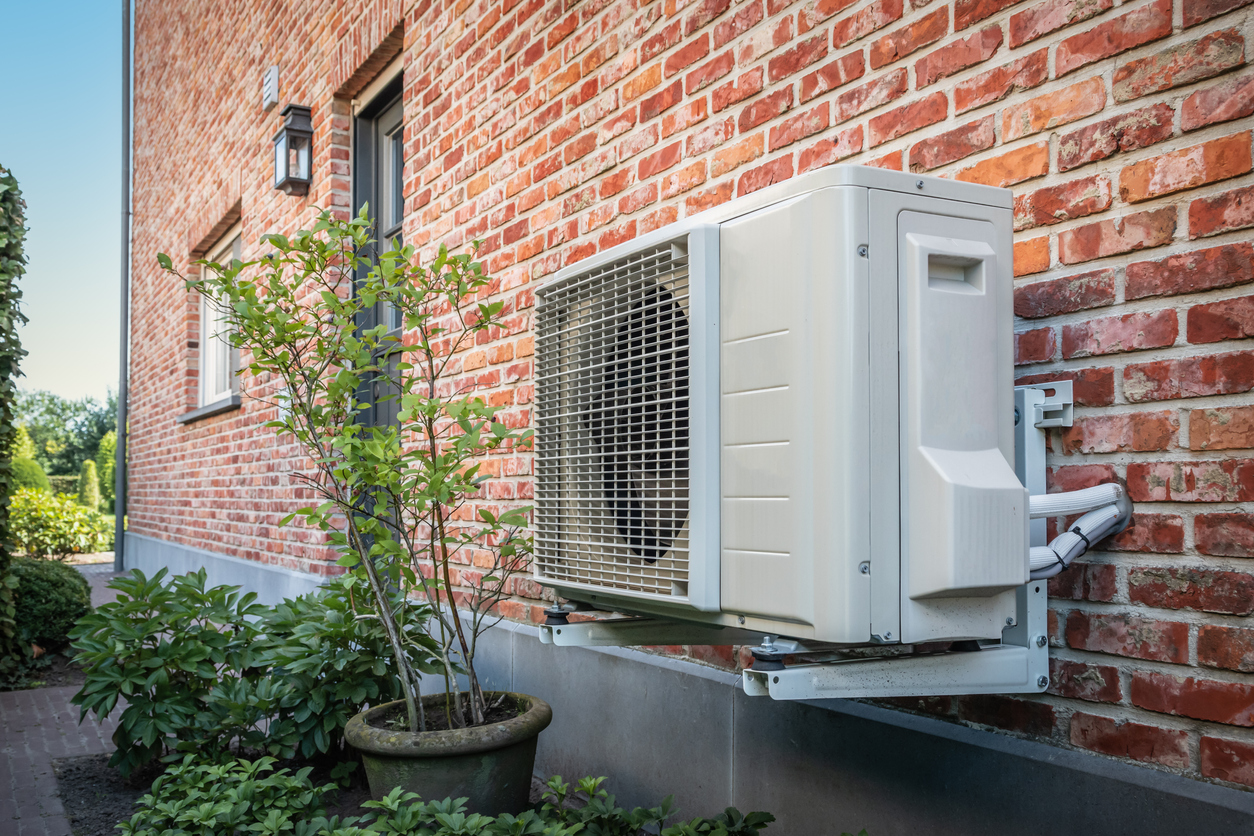
There are numerous tax breaks you can take advantage of if you purchase a new heating or cooling system. If your new system meets efficiency thresholds, you stand to save up to $2,000, including labor.
- Heat pump: You can take a 30 percent tax credit of up to $2,000 on the cost of upgrading your heating system to a heat pump. To earn this credit, the unit must have an Energy Star label if you live in the southern half of the United States, or be designated as Energy Star Cold Climate with an Energy Efficiency Ratio 2 (EER2) of 10 or higher if you live in the northern half. Ductless systems are eligible, but require an EER2 greater than 12 in the south and an EER2 greater than 9 in the north.
- AC unit: Adding a high-efficiency central air conditioning unit can get you a 30 percent tax credit of up to $600 per appliance. All central AC systems with an Energy Star rating are eligible. You can also take advantage of this credit by purchasing an Energy Star-rated split system with a Seasonal Energy Efficiency Ratio 2 (SEER2) greater than 16.
- Gas or oil furnace: As with central air conditioners, you can claim 30 percent of the cost of an Energy Star rated furnace, including installation, with a cap of $600 per appliance. Gas furnaces must have an Annual Fuel Utilization Efficiency (AFUE) of at least 97 percent to be eligible.
- Biomass: Though less common than other heating systems, biomass stoves and boilers, which include pellet and wood stoves, are also eligible for up to 30 percent of the project cost, with a cap of $2,000.
The Home Envelope
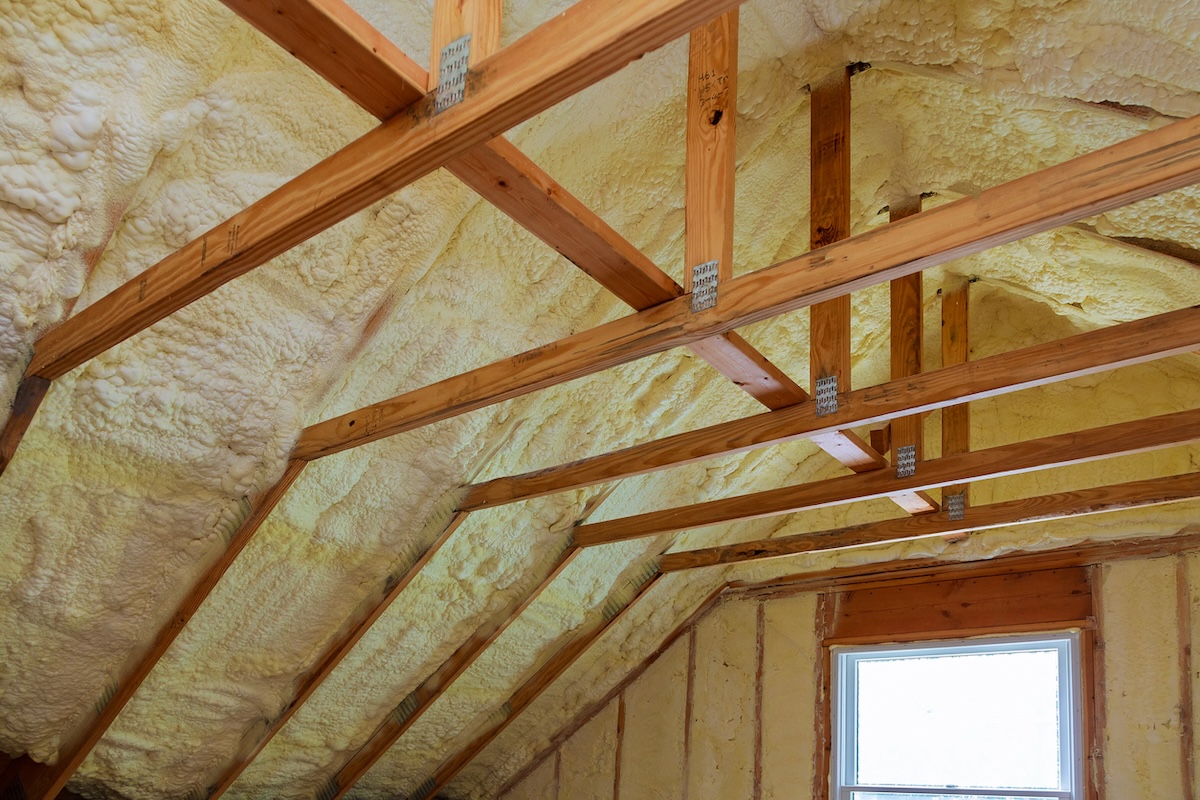
Tax credits offered under the Inflation Reduction Act aren’t just for alternative energy sources and high-efficiency HVAC systems. Many less pricey projects that make your home more energy efficient also qualify for a tax credit that’s up to 30 percent of their cost. Keep in mind that this credit is for materials only. Labor expenses for building envelope upgrades don’t qualify.
- Home energy audit: If you pay for an energy audit of your home, you can qualify for a tax credit of up to $150. The audit must be performed by a certified home energy auditor and include a report that details any recommendations for energy-saving projects.
- Doors: If you upgrade your exterior door to an Energy Star-rated model, you can save up to $250 per door or $500 total on doors.
- Windows: You can also take advantage of tax savings for replacement windows. Get up to $600 in tax credits for those rated with Energy Star Most Efficient. Skylights also qualify.
- Insulation: If you install new insulation or other air-sealing materials, you can be due a tax credit of up to $1,200. “Insulation upgrades, including typical bulk insulation products like batts, rolls, blow-in fibers, rigid boards, expanding spray, and pour-in-place, qualify for federal and state tax credits,” Garcia says, stressing that not all types of insulation qualify, and that state programs vary. “These improvements must air-seal (reduce air leaks) and come with a Manufacturer’s Certification Statement,” he says.
Alternative Energy Sources
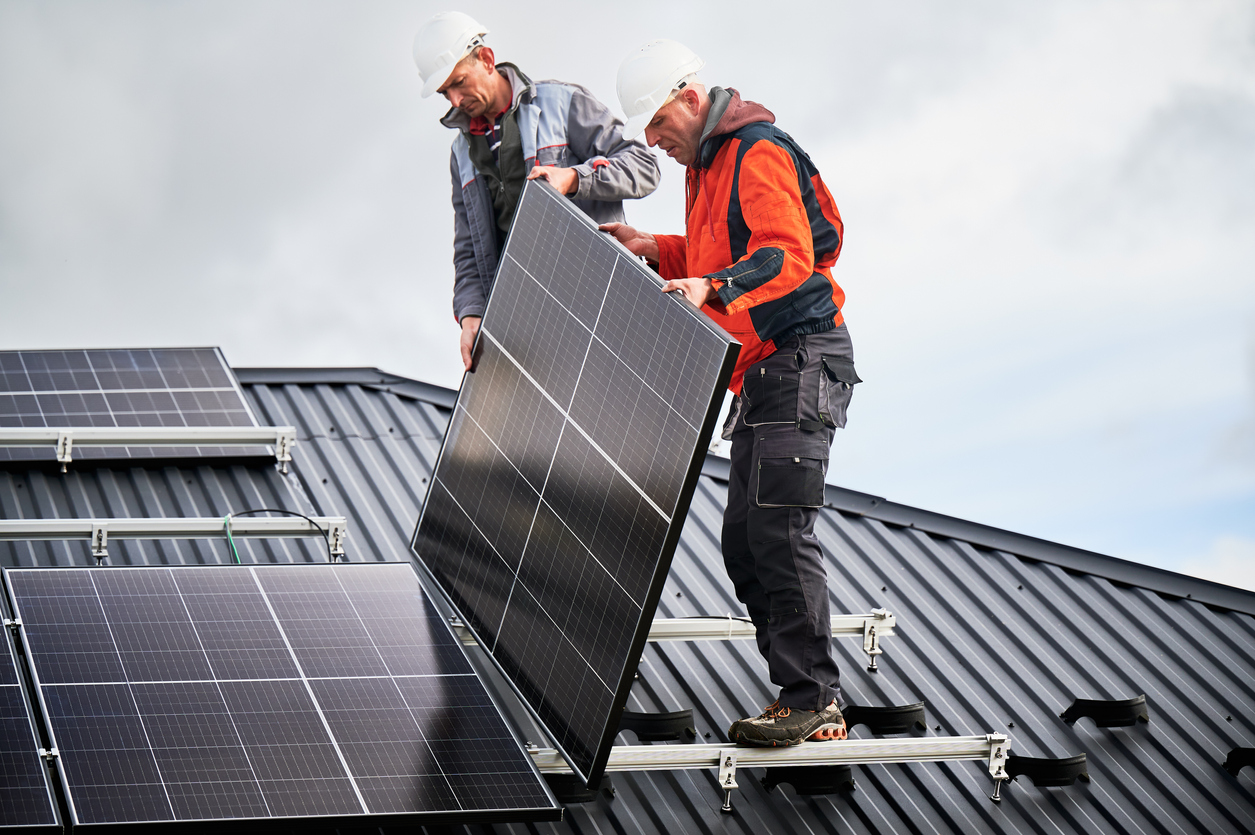
If you add a clean energy source to your home, including solar, geothermal, wind, fuel cells, or a battery storage system, then you’re eligible for potentially thousands of dollars in tax credits from the federal government.
- Installing a solar system: The Inflation Reduction Act grants homeowners a tax credit of 30 percent of the cost of their solar system. What’s more, this credit doesn’t max out or have any income restrictions. Keep in mind that you’ll need to be living in the home and own the solar system to qualify. You can’t take advantage of this tax savings if you’re leasing a solar system. Also, that the credit is for the solar system and the labor to install it only. Any repairs you need to make to your roof to prep for the solar system aren’t eligible.
- Geothermal savings: While solar systems may get the most attention due to their rising popularity, you can also get a tax credit on 30 percent of the cost of installing a geothermal system. As with solar, your geothermal system must be in your primary residence.
- Other renewable energy sources: Though less common with residences, you can also take advantage of this 30 percent tax credit with fuel cells, wind turbines, and battery storage systems.

